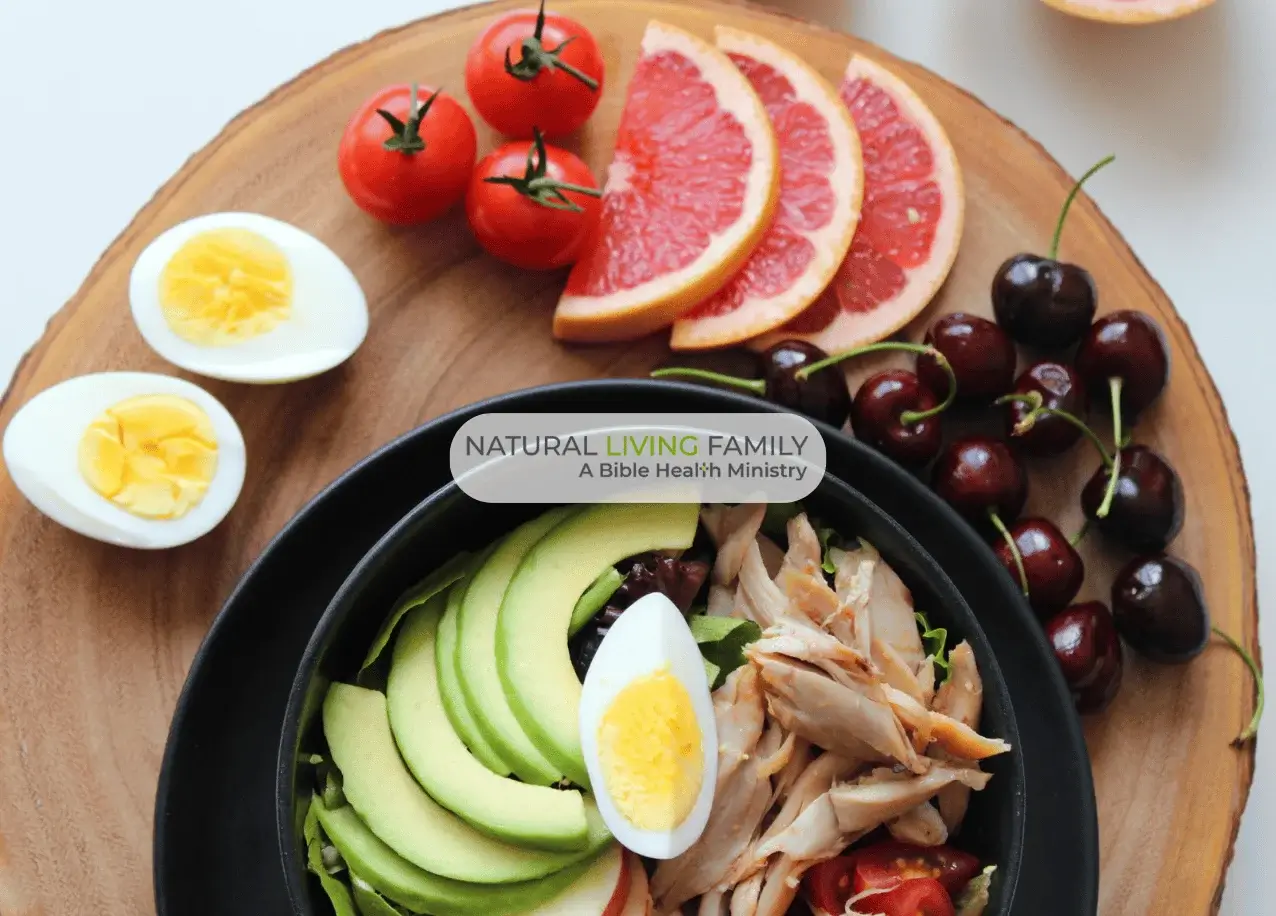You may have read the headlines about the risks of gluten and wondered why wheat is bad. Haven’t we been eating it since the beginning of time? Maybe you’re wondering how to avoid gluten when it seems to be in everything. We’re going to break it down for you.
Table of Contents
The Effects of Eating Gluten
On restaurant menus all across the nation and in virtually every grocery store that you walk into, gluten-free foods are readily accessible, but ever since the groundbreaking New England Journal of Medicine review was published in 2002, the dangers of celiac sprue (gluten-sensitive enteropathy) and how to avoid gluten have rapidly become household concerns. (1)
According to Mark Hyman, MD, the widespread effects of eating gluten are essentially without end, and most of the following diseases have been linked to eating wheat and gluten-containing foods: (2)
- Anemia
- Anxiety
- Autism
- Cancer
- Canker sores
- Dementia
- Depression
- Epilepsy
- Fatigue
- Inflammatory bowel disease
- Irritable bowel disease
- Lupus
- Migraines
- Most autoimmune diseases
- Multiple sclerosis
- Neuropathy (nerve damage)
- Osteoporosis
- Rheumatoid arthritis
- Schizophrenia
It would be difficult to find any medical doctor or naturopath who doesn’t advise limiting gluten consumption, let alone leaving it out altogether from your meal plan. Gluten awareness has been so successful that even people without gluten sensitivity avoid gluten as a preventative measure.
This is really interesting because humans have existed on wheat and gluten-containing grains since the beginning of recorded history, but these grains have all but been vilified by our nation today!
Is gluten bad for everyone? Regardless of whether people have celiac disease or celiac sprue, at this point, most people assume that the issue has been put to bed. But is it true?
Why Wheat Is Bad for Us?
Desiccating is a common farming technique when wheat farmers literally drench their fields with Roundup several days before harvesting their crop. The reason this is so effective for wheat farmers is because it causes the wheat to go to seed before it dies, which boosts the crop unnaturally. At the same time, this kills the competing ryegrass, which takes care of a major weed problem that wheat farmers’ battle. In the words of wheat farmer, Keith Lewis, pre-harvest desiccation looks something like this: (3)
“I have been a wheat farmer for 50 years and one wheat production practice that is very common is applying the herbicide Roundup (glyphosate) just prior to harvest. Roundup is licensed for pre-harvest weed control. Monsanto, the manufacturer of Roundup, claims that application to plants at over 30% kernel moisture results in Roundup uptake by the plant into the kernels. Farmers like this practice because Roundup kills the wheat plant allowing an earlier harvest.
A wheat field often ripens unevenly, thus applying Roundup pre-harvest evens up the greener parts of the field with the more mature. The result is on the less mature areas Roundup is translocated into the kernels and eventually harvested as such.
This practice is not licensed. Farmers mistakenly call it “desiccation.” Consumers eating products made from wheat flour are undoubtedly consuming minute amounts of Roundup. An interesting aside, malt barley which is made into beer is not acceptable in the marketplace if it has been sprayed with pre-harvest Roundup. Lentils and peas are not accepted in the marketplace if it was sprayed with pre-harvest Roundup…but wheat is ok. This farming practice greatly concerns me and it should further concern consumers of wheat products.”
Contrary to popular belief, wheat and gluten-containing products may not be bad in-and-of themselves. There is actually a growing body of evidence that suggests gluten isn’t unhealthy at all, and the reason people have reactions after consuming it is because of the dangerous chemicals used in conventional farming practices; namely, the use of Monsanto’s Roundup.
According to Dr. Stephanie Seneff, a senior research scientist at the Massachusetts Institute of Technology (MIT), not only has this dangerous farming practice been linked to a wide variety of diseases, it is the real reason so many people are gluten intolerant and have celiac disease:
“There’s an extremely strong correlation between the use of Roundup on corn and soy over time and the increase in all these different diseases, and celiac disease is one of them. We certainly have seen an explosive appearance of celiac disease almost overnight in the last five to 10 years… Now you have a growing section of gluten-free choices of various food products… Lots of people are intolerant to gluten, of course. But people aren’t thinking, ‘Why is this now true? This didn’t use to be true’… I was really puzzled because wheat is not a GE product… GMO wheat is not a product that’s on the market.” (3)
As of 2013, genetically modified wheat has not been grown commercially, but that hasn’t solved the problem. Dr. Seneff and her colleagues have proven beyond a shadow of a doubt that glyphosate, not GMO’s or gluten, annihilates gut flora and leads to chronic inflammation that has characterized gluten-related autoimmune diseases and other ailments. (4, 5)
5 Tips To Avoid Gluten in Your Diet
So why avoid gluten? The bottom line is that even if gluten isn’t bad for us, we should stay away from most conventional grains because of the dangerous conventional farming techniques that use Roundup. With that said, it may seem overwhelming to do this because gluten is everywhere. In reality, it’s a lot of work at first, but after a while living gluten-free is quite easy.
1. Break Up With Wheat & All Her Cousins
First and foremost on your list is to stop eating all non-organic flour. This is one of the best steps you can take. When doing so, avoid these gluten-containing products: (6)
- Barley
- Bulgar
- Flour
- Durum Flour
- Triticale
- Kamut
- Oats (unless labeled as “gluten-free”)
- Rye
- Semolina
- Spelt
- Triticale
- Wheat Bran
- Wheat Germ
- Wheat Graham
- White Flour
- Whole Wheat
If you need help getting started replacing gluten-laden ingredients with healthier options, see Mama Z’s Free Recipe Substitution Guide to assist you!
2. Stop Eating The Foods That Commonly Use Wheat
Next on your to-do list is to avoid these food items that regularly contain wheat:
- Beer
- Bread
- Cakes
- Cereal
- Cookies
- Couscous
- Crackers
- Flour Tortillas
- Muffins
- Oats
- Pasta
- Pastries
3. Avoid Hidden Sources of Gluten
After you have tackled all obvious signs of wheat and gluten, it’s time to take it one step further and give all the hidden gluten sources the boot!
- Broth and bouillon cubes
- Bread crumbs and croutons
- Candy
- Fried foods
- Imitation fish
- Lunch meats and hot dogs
- Malt
- Matzo
- Modified food starch
- Seasoned chips and other seasoned snack foods
- Salad dressings
- Self-basting turkey
- Soy sauce
- Seasoned rice and pasta mixes
4. Be Cautious When Eating Out
Keeping a gluten-free diet on the road isn’t as challenging as you may think. If you’re traveling or want to give yourself a break from making your meals, you can safely eat at many chain restaurants all across the nation because many have gluten-free menus. These restaurants are some of the best:
Chipotle – Chipotle is #1 because of its commitment to go GMO-free. You can eat in confidence knowing that your food is just as healthy as it is tasty! (7) Simply stay away from the burritos and you can pretty much eat anything at Chipotle.
Panera Bread – It sounds crazy that a bakery has gluten-free options, but Panera has done a fantastic job catering to ALL of their customers. About 5 years ago, Panera was one of the first chain restaurants to offer their “Hidden Menu,” which is mostly gluten-free and includes some tasty options like:
- Power Breakfast Egg White Bowl with Roasted Turkey
- Power Breakfast Egg Bowl with Steak
- Power Mediterranean Chicken Salad
- Power Mediterranean Roasted Turkey Salad
- Power Chicken Hummus Bowl
- Power Steak Lettuce Wraps
To get a full list is Panera’s gluten-free menu, click HERE.
Ted’s Montana Grill – Ted’s prides themselves on their gluten-free menu, which includes absolutely everything from entrees, burgers (without the bun of course), salads, sides, desserts, and a kid’s menu! Their bison burger salad (without croutons) is fantastic. Ask the server to add some avocado to it, and order a side of kale salad to have one of the healthiest meals served in any chain restaurant in America!
Ruby Tuesday – Preparing one of the best, most affordable salad bars in the nation, Ruby Tuesday offers a nice selection of gluten-free options. They have put together the most extensive “Gluten Free Menu” on the market and include a detailed list of every item on their menu for people allergic to eggs, fish, milk, MSG, peanut/tree nuts, shellfish, soy, and wheat/gluten.
5. Home-Cooked Ways To Enjoy Gluten-Free Meals
At the end of the day, the safest food to eat is the food that YOU make, so include some of the delicious recipes on this into your daily natural health regimen:
- Gluten-Free Bread Recipes
- Gluten-Free Cookies & Desserts
- Gluten-Free Pasta Recipes
- Salad Dressings free of gluten & sugar
On your quest to go gluten-free, the easiest step of all is to enjoy a great variety of tasty, healthy gluten-free recipes that you find on the Internet, and you can make them in the comfort of your own home. A little bit of planning goes a long way towards healthy meals.
References:
- http://www.nejm.org/doi/full/10.1056/NEJMra010852
- http://www.huffingtonpost.com/dr-mark-hyman/gluten-what-you-dont-know_b_379089.html
- https://web.archive.org/web/20180311185504/http://www.wheatbellyblog.com/2012/01/a-wheat-farmer-weighs-in-on-wheat-belly/
- http://www.mdpi.com/1099-4300/15/4/1416
- https://www.ncbi.nlm.nih.gov/pmc/articles/PMC3945755/
- https://web.archive.org/web/20170624115201/http://www.csaceliacs.org/grains_and_flours_glossary.jsp
- http://www.thedailymeal.com/news/chipotle-now-virtually-gmo-free/42514











